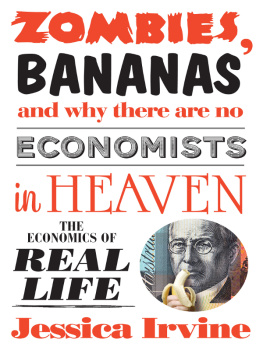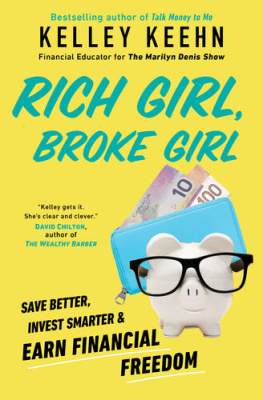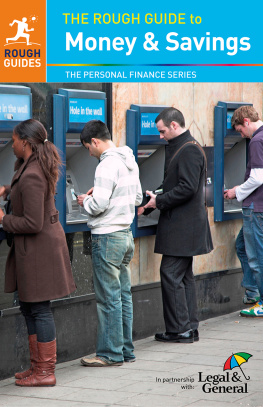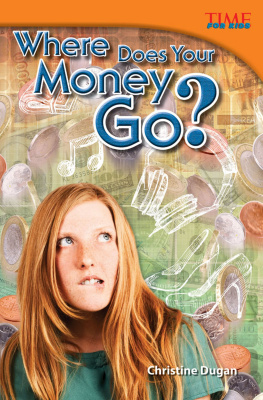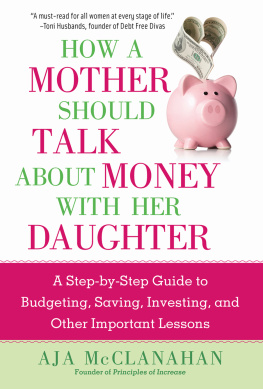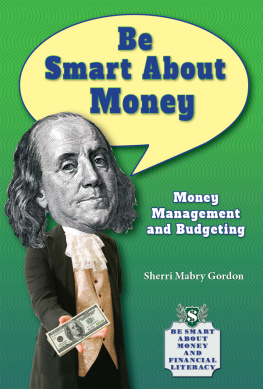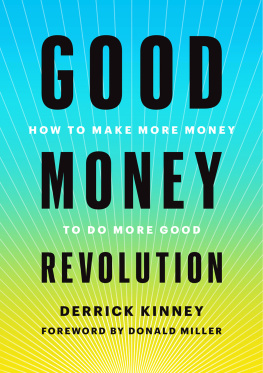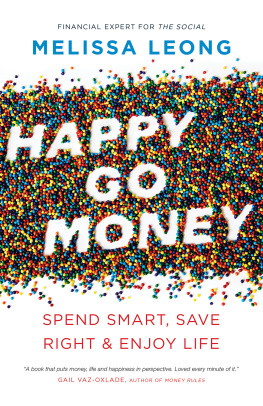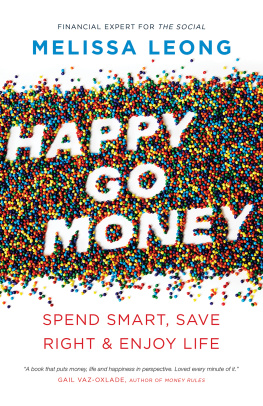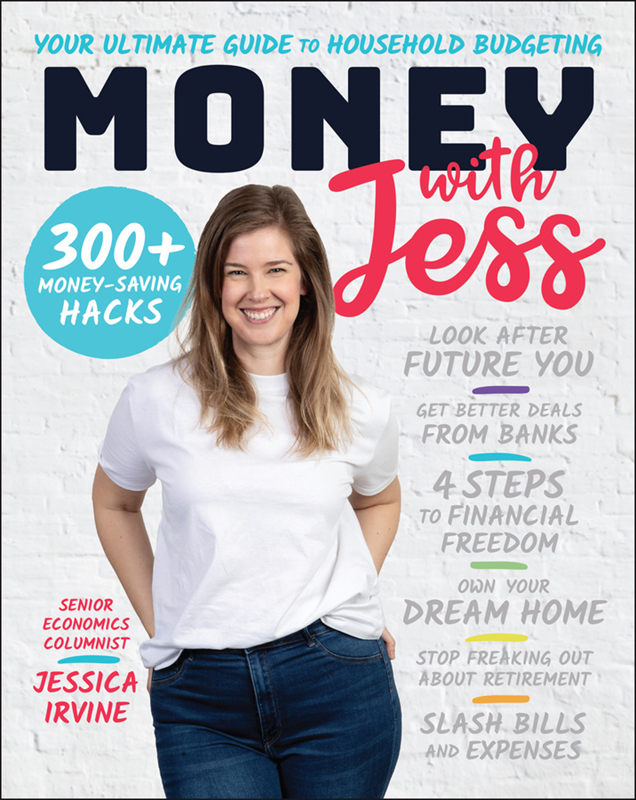
Table of Contents
Guide
Pages
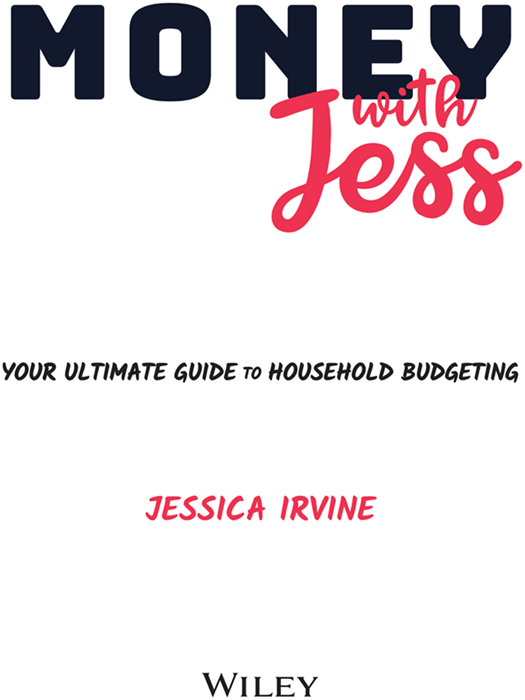
First published in 2022 by John Wiley & Sons Australia, Ltd
42 McDougall St, Milton Qld 4064
Office also in Melbourne
Jessica Irvine 2022
The moral rights of the author have been asserted.
ISBN: 9780730398233

All rights reserved. Except as permitted under the Australian Copyright Act 1968 (for example, a fair dealing for the purposes of study, research, criticism or review), no part of this book may be reproduced, stored in a retrieval system, communicated or transmitted in any form or by any means without prior written permission. All inquiries should be made to the publisher at the address above.
Cover design by Wiley
Author photos: Louie Douvis
Cover background image: silverpak/Shutterstock
Title hand lettering image: veryvery/Shutterstock
Lightbulb image: Dashk/stock.adobe.com
Arrow image and notebook image: Anatoliy Babiy/iStock
Highlighter image: OpenClipartVectors from Pixabay.
Disclaimer
The material in this publication is of the nature of general comment only, and does not represent professional advice. It is not intended to provide specific guidance for particular circumstances and it should not be relied on as the basis for any decision to take action or not take action on any matter which it covers. Readers should obtain professional advice where appropriate, before making any such decision. To the maximum extent permitted by law, the author and publisher disclaim all responsibility and liability to any person, arising directly or indirectly from any person taking or not taking action based on the information in this publication.
How to get immediate help
If you are in financial distress, call the National Debt Helpline on 1800 007 007 on weekdays between 9.30 am and 4.30 pm (Australia only).
An army of trained financial counsellors is standing by to help you negotiate with creditors (people you owe money to) and to help get you back on financial track.
It's a completely free, independent and confidential service funded by the government and delivered by notforprofit organisations in your state.
You can also access a live chat feature on their website: ndh.org.au.
How to access my free resources
Throughout this book, I refer to many worksheets I have created to help you get started on your budgeting journey. All the resources I refer to are available to download for free from my website: jessicairvine.com.au.
Check it out and get downloading today!
For Henry xx
Introduction
Hello friends!
My name is Jess and I'm good at money. Like, really good.
It's taken a long time for me to be able to say that with confidencepartly because it wasn't always true.
Shortly after I divorced in my mid30s, a colleague suggested I write a book titled A Man Is Not a Financial Plan about how to manage your finances as a single parent. Trouble was, I didn't know how.
Which is a bit embarrassing, really, given I've now been working as a highprofile economics and finance journalist for some of Australia's most prestigious newspapers for the better part of two decades.
I have a university degree in economics and philosophy. It's my job to regularly pass judgement on how the nation's treasurer is managing the country's budget. I've reported on 18 annual federal budgets so far (not counting the bonus emergency budgets and stimulus packages during the Global Financial Crisis and COVID19).
I've interviewed prime ministers on live TV, enjoyed private oneonone lunches with Reserve Bank governors and I regularly text and speak with treasury secretaries, both past and present.
I've been to budgeting nerd paradise'as the 1970s chanteuse Charlene once famously (almost) sangbut I'd never, until quite recently, taken a very serious look at my own personal finances.
It's not that I was ever particularly bad at money, depending on your definition of this. I've never had a credit card I couldn't pay off in full each month to avoid paying interest. And I've always paid my bills on time.
But, wow, have I spent a lot of money during my 40 years on this earth!
As my career blossomed in my late 20s and early 30s, I thought nothing of dropping $400 on a new designer suit jacket, a meal at a posh restaurant or a night at a fancy hotel.
I remember spending about that much to have my childhood copy of The Lord of the Rings rebound in an expensive, fabricclad hard cover by a specialist antique book store.
Pretty cool, right?
But then, one day, you find yourself pushing 40 as a divorced single mum who doesn't own a home, has never invested in shares or property and has no idea if she's on course for a comfortable retirement.
I'm the classic example of someone who knows a lot about something in theory, but was pretty crap at applying it in practice.
Looking back, I can see that at the time of my colleague's bookwriting suggestion, I was still drowning in deep shame and sadness at the failure of my marriage and my single parenthood.
But, as the dust began to settle on my new life, I did start to slowly pick myself up and put my financial life togetherperhaps for the first time.
I bought my first home as a single mum aged 38 (I share all my best hacks for navigating that gruelling process in stay tuned!).
At about that time, I began writing a weekly personal finance column for the Money sections of the Sunday Age and Sun Herald newspapers. In it, I finally began applying all the economic theory I had learned to overhauling my reallife financesand sharing all the gory details with readers.
My Instagram account, @moneywithjess, began to grow rapidly and I pitched the idea of a weekly email newsletter of the same nameMoney with Jessto share the results of my onewoman mission to budget, save and invest.
You name a crazy moneysaving experiment, I've tried it!
I once kept a spreadsheet to calculate the precise cost of every meal I cooked for one week to figure out a realistic food budget (it worked out about $85 per week for me and my son). I used another spreadsheet to tally the cost of buying the same basket of groceries from two different supermarkets to find out which was cheaper (spoiler alert: Aldi).
I kept a handwritten tally on a sticky note stuck to a bottle of dishwashing powder to figure out the perwash cost and whether it is cheaper than using tablets (it is, mostly because you can just use less detergent).
I didn't buy any clothes for an entire year. I cut my own hair. I gave up getting blonde foils (you can just see the remnant of my former colour on the tips of my hair in the cover photo for this book).
I began meticulously tracking my spending and in one article published the details of every single dollar I spent in one financial year (I know you'll want to know: it was $88379.84 in 202021).
Bigger picture: I embarked on an epic hunt for the best mortgage deal, locking in my interest rate in for two years at 1.84 per cent and scoring a $4000 cash back for my efforts.
I began making regular voluntary contributions to my retirement savings account.
And finally, in May 2021, I did something I had never previously dreamed of. I began investing directly in the share market for the first timesomething I continue to do on a regular monthly basis and will tell you about in .
Next page

